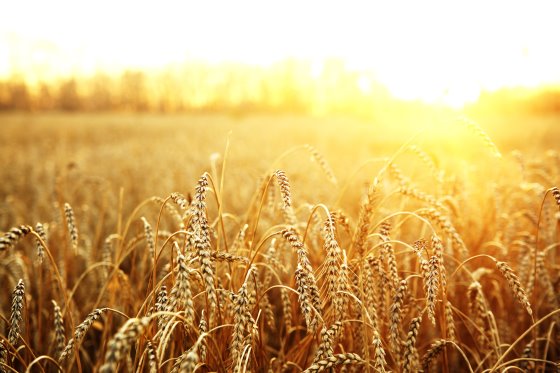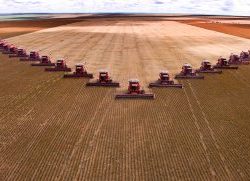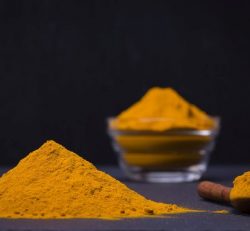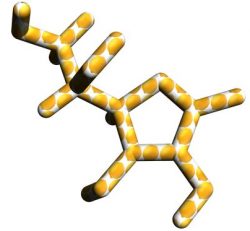LESS WHEAT, MORE OILSEED ON GLOBAL MARKET
The World Agricultural Supply and Demand Estimates (WASDE) report, published June 12, writes that the decrease in wheat supplies are caused by production declines in Russia, the EU, and Mexico and are not completely offset by higher projected production from India and the United States. Russia’s production is lowered by 3.5 million tons to 68.5 million on drier-than-normal conditions this spring in winter wheat areas and excessive wetness in spring wheat regions lowering plantings. Russia’s wheat production is projected down 19% from last year’s record 85.0 million tons.
EU wheat production is reduced 1.0 million tons to 149.4 million on dry conditions this spring for winter wheat in Germany and Poland. India’s wheat production is raised 2.0 million tons to 97.0 million, based on record yields and supported by reports of higher procurement for the 2018/19 crop compared to last year. Projected global 2018/19 trade is lower, mainly on reduced Russian exportable supplies with a smaller crop. Russia’s exports are reduced 1.5 million tons to 35.0 million, but Russia still remains the world’s leading wheat exporter. Global imports are lowered, mainly on reduced imports for India as the government recently raised its wheat import tariff. Projected 2018/19 world consumption is 3.0 million tons lower, primarily on reduced feed usage for Russia and the EU. Global ending stocks are raised 1.8 million tons this month to 266.2 million but are still below last year’s record 272.4 million.
Global oilseed production up
The 2018/19 global oilseed supply and demand forecasts include higher production, exports, and stocks compared to last month. Higher global soybean production is partly offset by lower rapeseed and cottonseed. Soybean production is up 0.7 million tons to 355.2 million mainly on higher production for Brazil. A higher trend yield for the 2018/19 Brazil soybean crop reflects harvest and yield results for the 2017/18 crop, which is increased 2 million tons to 119 million. With higher production, soybean exports for Brazil are revised up for both the 2017/18 and 2018/19 marketing years. Ending stocks for Brazil are also increased with higher production and a lower crush estimate for 2016/17.
Global 2018/19 soybean ending stocks are increased 0.3 million tons to 87.0 million with higher stocks for Brazil partly offset by lower stocks for the United States and Argentina. Stocks for Argentina are lowered mainly on a 2.0-million-ton reduction to the 2017/18 crop to 37 million. Other changes include lower EU rapeseed production which is reduced on lower yields for Germany and Poland, where crops experienced warm and dry weather conditions through key flowering stages.
Source: USDA
Emmy Koeleman
Editor: All About Feed & Dairy Global
Source: www.allaboutfeed.net












